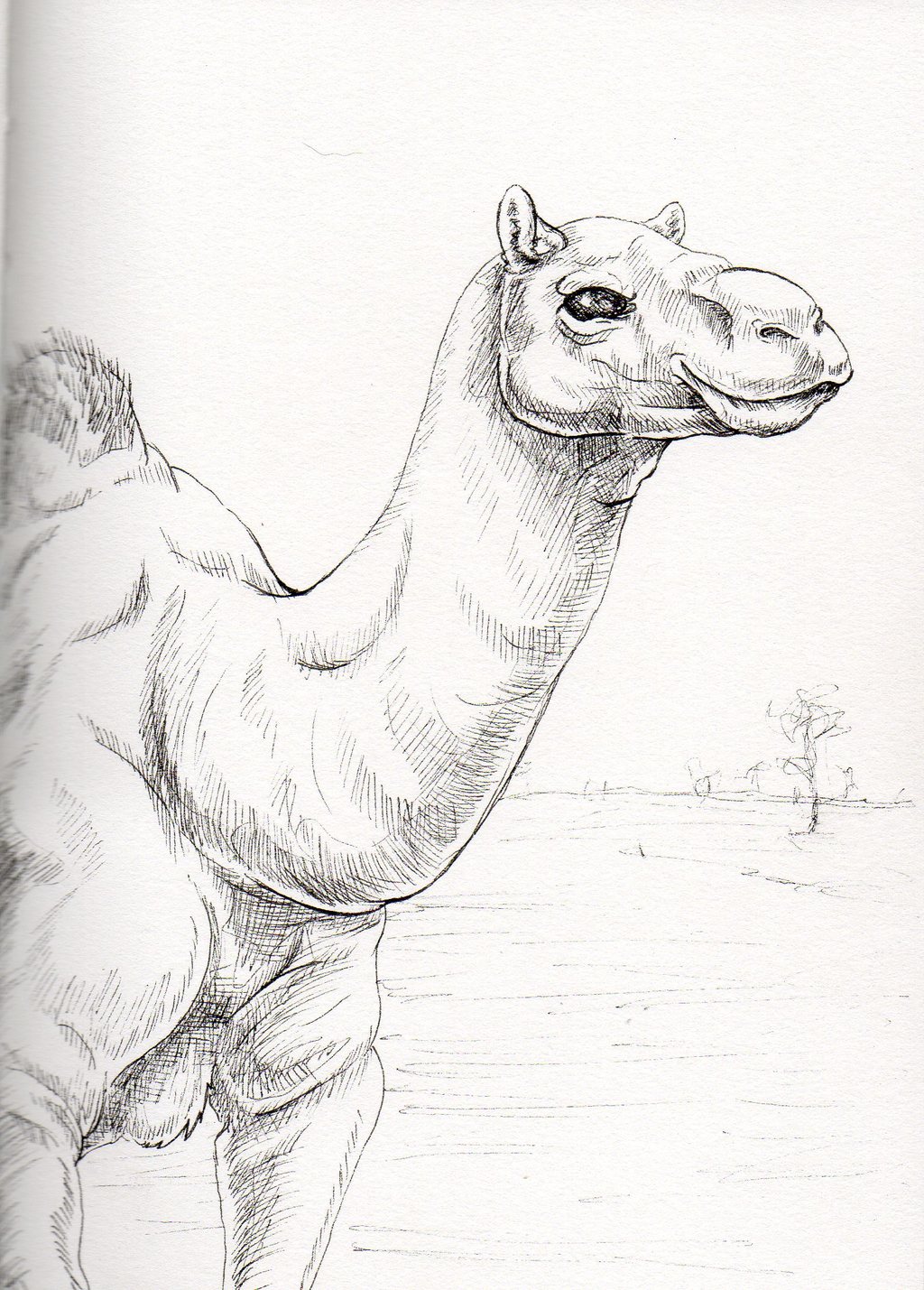Sign In
CloseTotem of the day is Camel! Even though the path ahead may be difficult, trust that you have the resources within yourself to make it through. You possess much more durability and energy than you think and this will aid you in succeeding. However, even though you may not want for anything, make sure to store away money and supplies for the future. Trust in your intuition to find guidance. The Camel spirit guide is known for it's connection to travel, endurance, survival, protection, and, guidance. When camel shows up, this can often be a sign that while we may have a long distance ahead of us, that we are protected and possess resources within ourselves to get through this rough patch. Camel serves as a strong guide to help us travel our paths in life. The messages of conservation that comes with camel reminds us to pace ourselves so as not to run ourselves ragged during this journey. We must remember to stay positive and know that we will make it through any trying time. People who connect with Camel are unpredictable, but are known for being positive, patient, and kind. They often show the positive light of a situation even in the harshest of conditions. These individuals are adaptable with a core of inner strength that helps them be able to succeed or thrive in many environments including those that some find impossible to withstand.
Camel, Camelus Dromedarius, are herbivorous mammals that can live up to 50 years. Originally, Camels could be found all across North Africa, the Middle East, and across Asia to Western India. However, camels can no longer be found living naturally in the wild except for a small portion of feral camels in Central Australia. There are three surviving species of camel: the one-humped or dromedary camel, the two-humped or Bactrian camel. and the endangered wild Bactrian camel. The Dromedary camel can be found throughout the Horn of Africa and the Middle East while the Bactrian camel inhabits Central Asia. The limited amount of wild Bactrian camels can be found in Northwest China and Mongolia. It is believed they were first domesticated over 5,000 years ago. These fascinating animals are perfectly adapted to harsh environments from scorching desert days to freezing nights. Short, but thick cream or brown colored fur protects their skin from the blazing rays of the sun during the day while also keeping them warm at night. Their long legs also help keep their body above and away from the hot ground. The bottom of their feet are heavily padded to aid them in traction on rocky terrain and the two toes they possess can spread far apart to keep them from sinking into the sand. Camel's senses are aided greatly by large eyes that give them excellent vision with a double layer of long eyelashes that help to keep dust and sand out of their eyes. Their slit-like nostrils give them an excellent sense of smell and can actually close to also keep dust and sand from being inhaled. Their iconic humps store fat that they can access for energy when resources are available. This attribute gives them the ability to survive long periods of time without food or water. A camel can lose as much as 40% of their body weight before needing to find nourishment. They can go without water for up to 10 months as long as they find enough food. When in need a water, a single camel can drink as much as 40 gallons in a short amount of time. In order to prevent losing water, camels have very few sweat glands in comparison to their body size and actually let their body temperatures rise in the heat to from wasting water. Unique to camels, they possess oval-shaped blood cells that allow them to continue circulating smoothly when blood thickens due to dehydration. To rest, Camels will bend their front legs underneath of them and lower their rear afterwards. Unlike many other mammals, camels will walk by moving both right legs at one time then both left legs. A camel's diet consists of primarily plants, however, they are known to eat carrion or chew on bones to supplement their diet. They will search out plants high in salt which other animals will often avoid. A leathery, split lip also allows camels to eat thorny or touch plants others cannot. This means the camel has less competition for the hard to find food of the desert. Camels will live in herds of up to 40 individuals comprising mostly of females and their young led by a single, dominant male. During breeding season between November and March, these males will protect and defend their harem by spitting, biting, or leaning on any male rivals. After breeding, females will undergo a long gestation period of thirteen months before giving birth to a single calf. Now and then, females can give birth to twins although this is uncommon. At birth, a single calf can weigh as much as 88 lbs. This calf is able to stand and nurse within eight hours and is protected by the entire herd until it is fully independent. Calves will begin to eat grass between two and three months old before being weaned entirely at four months old.
Submission Information
- Views:
- 374
- Comments:
- 0
- Favorites:
- 2
- Rating:
- General
- Category:
- Visual / Traditional




